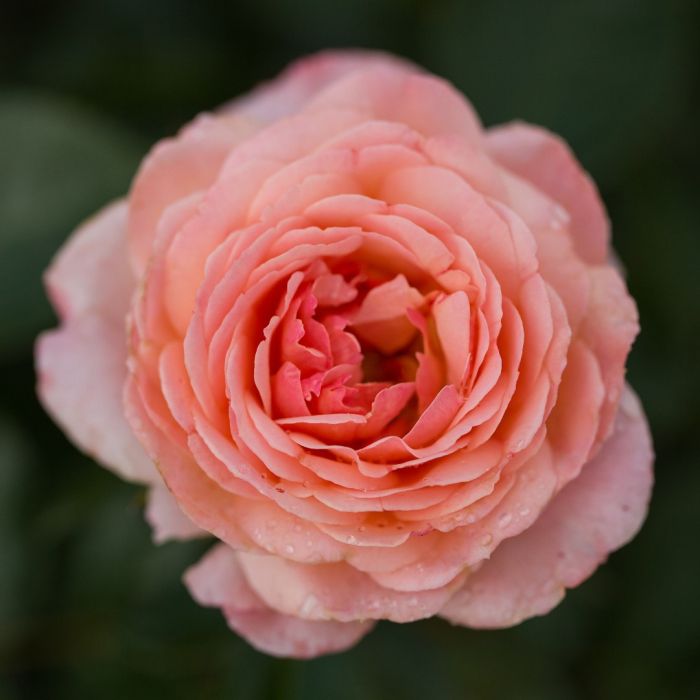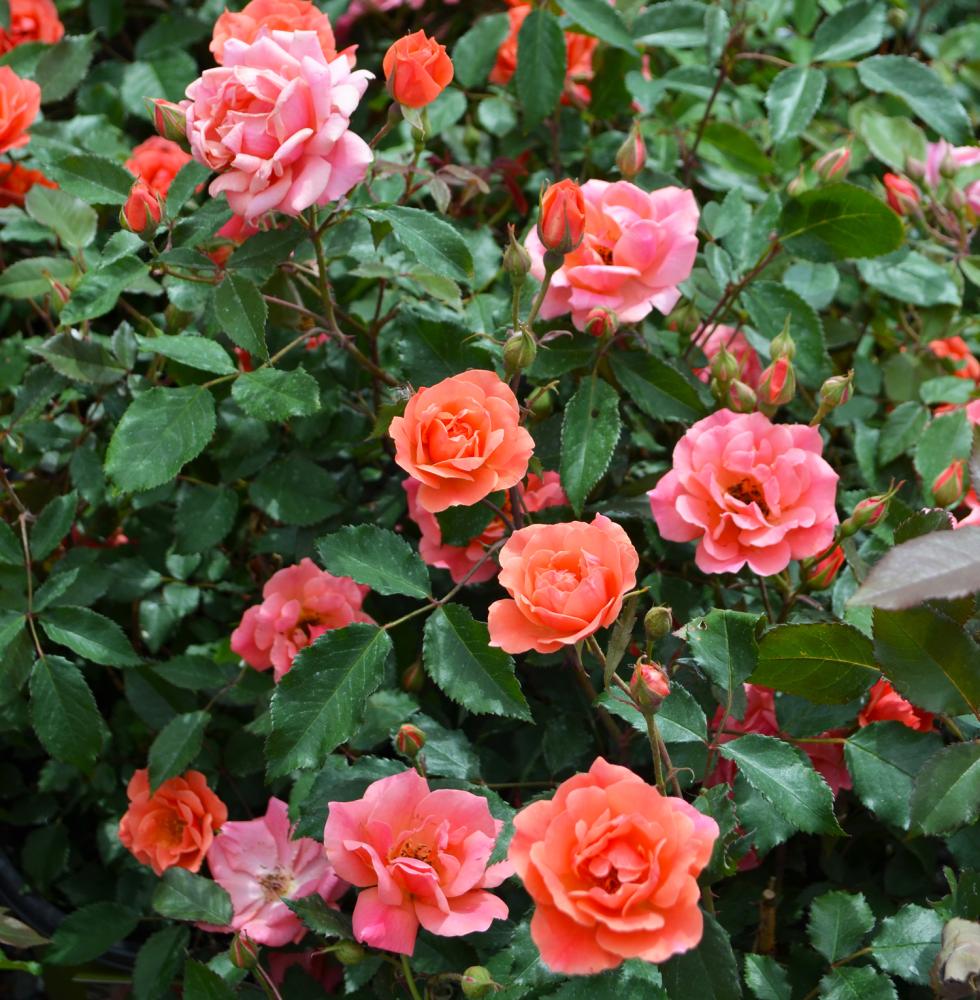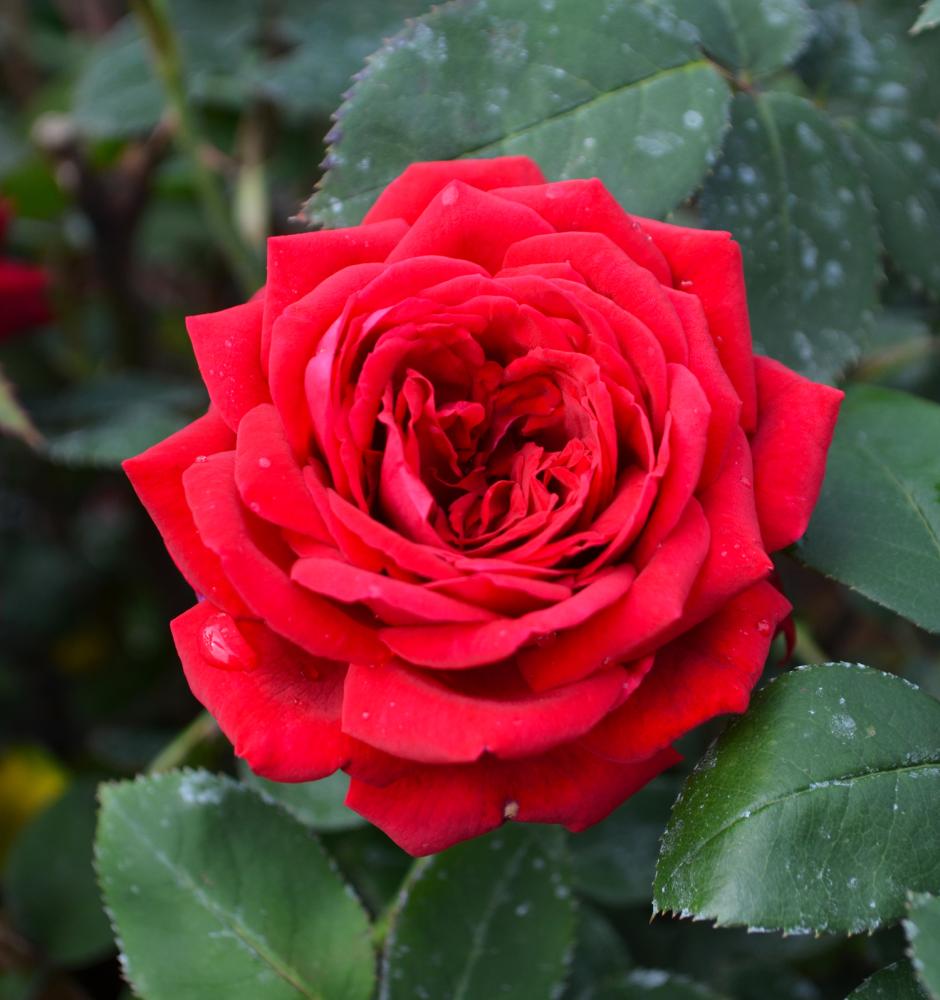Rosa, Shrub Rose, 'Easy Elegance® Calypso'



Out of stock
Coming soon, still growing- Sun Preference
- Full-Sun
- Bloom Time
- June, July, August, September
Description
This own root variety is very hardy and disease resistant; fully double blooms are apricot fading to pink and held in contrast to deep green foliage below, consistanly blooming througout the season
- Zone: 4-9
- H 2-2.5' x W 2-2.5'
Shrub, Hybrid Tea, & Floribunda Roses
Enhance your garden with the timeless beauty of perennial and shrub roses from Gertens! With our extensive selection, you'll find the perfect roses to add color, fragrance, and charm to your outdoor space. Whether you're looking for classic varieties or modern hybrids, our roses are carefully chosen for their vigor, disease resistance, and stunning blooms.
Details
Height: 30 inches
Spread: 30 inches
Sunlight:![]()
Hardiness Zone: 4a
Group/Class: Easy Elegance Rose
Description:
This own root variety is very hardy and disease resistant; fully double blooms are apricot fading to pink and held in contrast to deep green foliage below, consistanly blooming througout the season
Ornamental Features
Calypso Rose features showy peach flowers with pink overtones at the ends of the branches from early summer to late fall. The flowers are excellent for cutting. It has dark green foliage throughout the season. The glossy oval compound leaves do not develop any appreciable fall color. The fruit is not ornamentally significant.
Landscape Attributes
Calypso Rose is a multi-stemmed deciduous shrub with an upright spreading habit of growth. Its average texture blends into the landscape, but can be balanced by one or two finer or coarser trees or shrubs for an effective composition.
This shrub will require occasional maintenance and upkeep, and is best pruned in late winter once the threat of extreme cold has passed. Gardeners should be aware of the following characteristic(s) that may warrant special consideration;
- Spiny
Calypso Rose is recommended for the following landscape applications;
- Accent
- Mass Planting
- Hedges/Screening
- General Garden Use
Planting & Growing
Calypso Rose will grow to be about 30 inches tall at maturity, with a spread of 30 inches. It tends to fill out right to the ground and therefore doesn't necessarily require facer plants in front. It grows at a fast rate, and under ideal conditions can be expected to live for approximately 20 years.
This shrub should only be grown in full sunlight. It does best in average to evenly moist conditions, but will not tolerate standing water. It is not particular as to soil type or pH. It is somewhat tolerant of urban pollution. This particular variety is an interspecific hybrid.
| SKU | Container Size |
| RS1030 | #3 Container (3 Gallon) |
More Information
| Gerten Grown Plants | Gerten Grown Plants |
|---|---|
| Bloom Time | June, July, August, September |
| Sun Preference | Full-Sun |
| USDA Hardiness Zone | 4, 5, 6, 7, 8, 9 |


